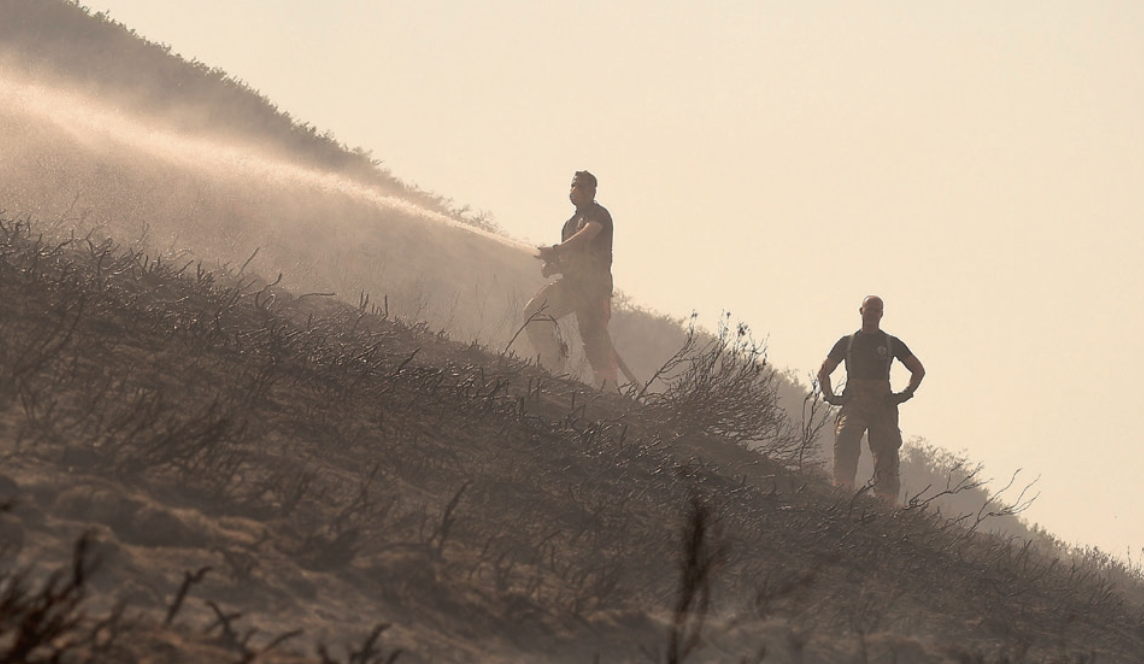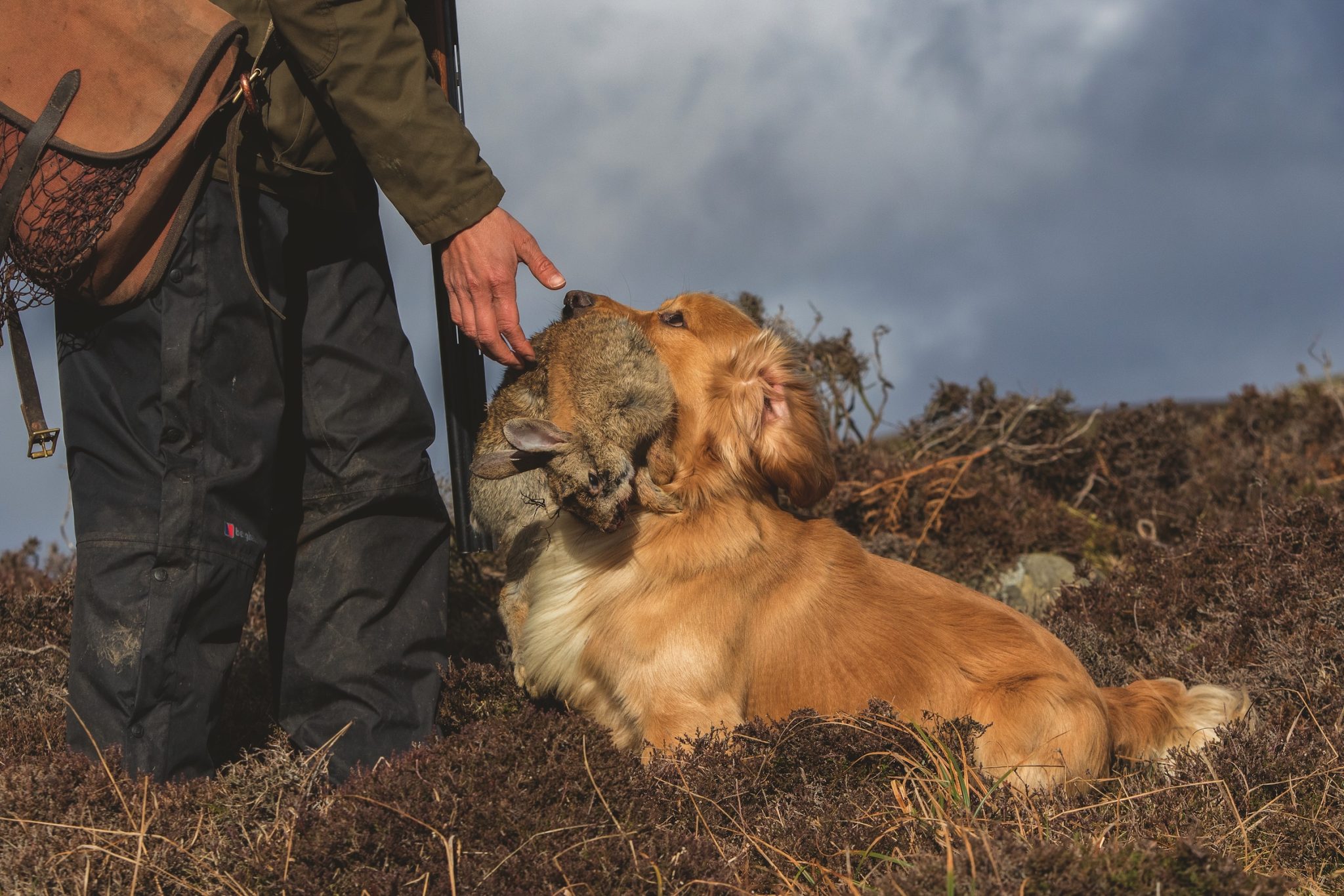Win CENS ProFlex DX5 earplugs worth £1,149 – enter here
Rewilding and fires, a precautionary tale
The so-called ‘precautionary principle’ is increasingly applied to shooting, but on rewilded land nature is allowed ‘to take its course’

Wildfires are no longer rare in the UK. From the Highlands to heathlands, unmanaged landscapes are increasingly vulnerable to devastating blazes. Recent wildfires have brought this point home. And yet, while some politicians and policymakers champion schemes to “let nature take its course”, few ask whether these projects meet the same precautionary standards applied elsewhere.
Why, in short, is the “precautionary principle” not applied to rewilding and other land management practices, especially where the risks are so apparent?
The precautionary principle is a risk management approach used in many areas of government, law and legislation, as well as less formally in mainstream daily life. Within its use in environmental law, at heart, its intentions are admirable: to prevent serious or irreversible damage to the environment (or human health) by activities whose effects are scientifically uncertain.
However, the precautionary principle’s scope has started to change in recent years. No longer is it confined to situations of “severe or irreversible harm”. Instead, we now see shooting disciplines and associated activities subjected to its requirements. This is despite the associated environmental, conservation and biodiversity benefits these activities can bring.
In this new context, the principle dictates that where there is an absence of reasonable scientific doubt – a contradiction in terms – shooting or its associated activities should not be permitted if there is any risk of harm. This clearly goes beyond the principle’s original formulation. With this scrutiny in mind, let’s talk about rewilding. Simply put, it’s allowing ecosystems to revert to their “natural” state, free from human management. To date, little is known about the effects of rewilding on habitats, yet it is widely assumed to be beneficial.
After all, if humans cause harm to the environment, then removing humans must remove that harm. Its simplicity makes it hard not to love, with the bonus of being cheap. So the view is formed that “nature will do the job for us”. And nature certainly will do the job, in its own unpredictable way.
Nigel Fraser, chairman of rewilding charity Trees for Life, recognised this after the May 2023 wildfires in the Highlands. These tore through the rewilded Cannich nature reserve, destroying 30 square miles of woodland and scrub before spreading to an RSPB reserve where many ground-nesting birds were killed.
Reflecting on the fire, Mr Fraser acknowledged rewilded areas were “fundamentally unprepared” for wildfire as they had, by definition, no management and an increased fuel load. The response was to turn to experts in land management – gamekeepers – for advice on how to prevent similar wildfires in the future. Against this backdrop, Andrew Stringer of Forestry England is overseeing a programme for the rewilding of parts of England’s woodland.
In a BBC report, he acknowledged there is uncertainty about how the programme will affect the areas in question but he saw this in positive terms, describing it as “experimental” and “allowing natural processes to shape each landscape in the years ahead”.
He is “confident that whatever happens these areas will become more nature-rich, with benefits for neighbouring landscapes”. In other words, rewilding is seen as an unqualified good. The absence of scientific certainty about its effects encourages optimism, not apprehension.
Warnings
All of which brings us back to the precautionary principle. We are told that land managed for shooting is environmentally suspect. The precautionary principle is engaged and activities are prohibited because there is a perceived possibility of harm. Meanwhile, Forestry England embarks on a scheme to rewild 8,000 hectares of the countryside with no clear idea of what will happen. Indeed, despite the wildfire warnings from Scotland, this lack of scientific certainty is spun as a benefit by its architects.
We are left with the absurd situation where informed land management is constrained by the precautionary principle, while large-scale environmental experiments, lacking evidence, oversight or certainty, are waved through. If precaution is the principle, let’s apply it where it matters most – by treating experiments with care and proven land management with the respect it deserves.
Don’t miss: Rewilding really is a round of roulette
Related Articles
Get the latest news delivered direct to your door
Subscribe to Shooting Times & Country
Discover the ultimate companion for field sports enthusiasts with Shooting Times & Country Magazine, the UK’s leading weekly publication that has been at the forefront of shooting culture since 1882. Subscribers gain access to expert tips, comprehensive gear reviews, seasonal advice and a vibrant community of like-minded shooters.
Save on shop price when you subscribe with weekly issues featuring in-depth articles on gundog training, exclusive member offers and access to the digital back issue library. A Shooting Times & Country subscription is more than a magazine, don’t just read about the countryside; immerse yourself in its most authoritative and engaging publication.







